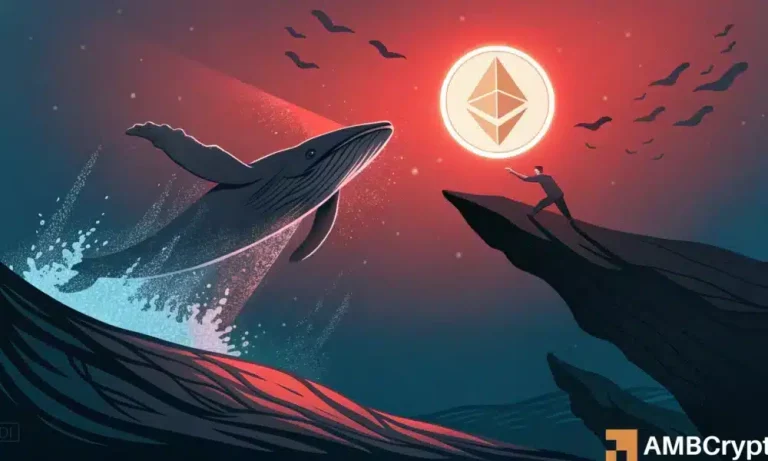
“
From Stardust to Dreams: Imagining Life Beyond the Stars
Introduction to the Cosmos
From Stardust to Dreams: Imagining Life Beyond the Stars is a journey that takes us through the vast expanse of the universe, exploring the possibilities of life beyond our planet. As we delve into the mysteries of the cosmos, we begin to realize that the stars and galaxies that surround us are not just mere objects of beauty, but hold the secrets of our existence.
The universe is estimated to be around 13.8 billion years old, with over 100 billion galaxies, each containing billions of stars. The sheer scale of the universe is mind-boggling, and yet, we are still trying to understand the intricacies of the cosmos. From the birth and death of stars to the formation of black holes, the universe is a complex and ever-evolving entity.
The Building Blocks of Life
The formation of stars and galaxies is a complex process that involves the collapse of giant molecular clouds under gravity. As these clouds collapse, they begin to spin faster and faster, eventually forming a protostar at their center. The protostar continues to collapse, eventually igniting nuclear fusion reactions in its core, marking the birth of a new star.
Stars are the building blocks of life, as they provide the necessary energy and elements for life to emerge. The elements that make up our planet, including carbon, oxygen, and iron, were all formed within the hearts of stars. The explosion of stars, known as supernovae, disperses these elements throughout the universe, allowing them to be incorporated into new stars, planets, and galaxies. For more on this topic, check out Beyond the Milky Way: Imagining New Worlds and Possibilities.
The Search for Life Beyond Earth
The search for life beyond Earth is an ongoing endeavor that has captivated human imagination for centuries. From the discovery of exoplanets to the detection of biosignatures, scientists are using a variety of methods to search for life beyond our planet.
Exoplanets, which are planets that orbit stars other than the Sun, offer a glimpse into the possibility of life beyond Earth. With over 4,000 exoplanets discovered so far, the potential for life-supporting planets is vast. The discovery of exoplanets such as Kepler-452b, which is a rocky planet that orbits a G-type star (similar to the Sun), has raised hopes that we may one day find a planet that is capable of supporting life. For insights on this topic, read Soaring Through the Cosmos: The Power of Imagination Beyond the Stars.
Imagining Life Beyond the Stars
As we continue to explore the universe and search for life beyond Earth, we are forced to imagine the possibilities of life beyond the stars. From science fiction to scientific fact, the possibilities are endless, and our imagination is the only limit. Explore more about this in Cosmic Creativity: How Imagination Soars Beyond the Constellations.
Takeaways:
- The universe is vast and complex, with over 100 billion galaxies, each containing billions of stars.
- Stars are the building blocks of life, providing the necessary energy and elements for life to emerge.
- The search for life beyond Earth is an ongoing endeavor that has captivated human imagination for centuries.
- Exoplanets offer a glimpse into the possibility of life beyond Earth, with over 4,000 exoplanets discovered so far.
- Imagining life beyond the stars is a journey that takes us to the limits of our imagination and beyond.





